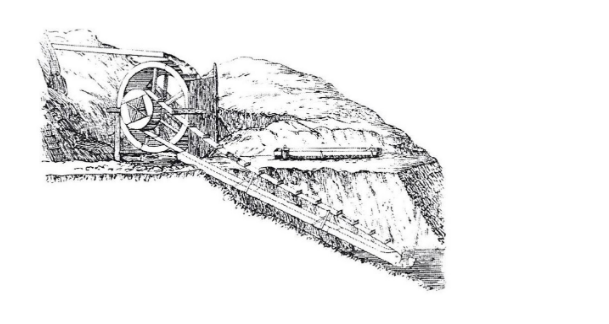Secrets of a Forgotten Golden Civilization
The Indus Valley civilization is one of the first civilizations in history. It starts about 3300 BCE. Here gold played a major part in trade, customs, and ornaments.
The Indus Valley provided trade routes that allowed them to trade with Mesopotamia to get gold. In religious ceremonies like weddings and funerals always gold plays an important part. It always depicted the social status of the person who wore it. Gold jewellery, particularly bangles, and necklaces continue to be popular in India today. These were transferred from the Indus Valley customs.
Land of Pyramids and Gleaming Golden Tombs
The colour yellow was a connection to life after death, whereas the Egyptians believed that gold represented God’s body. Gold things are often set aside in tombs and buried near mummies as pleasure for people who pass away in life after death.
Wesekh collars, often referred to as pricey gold collars, were common decorations and status symbols. Furniture had been covered in gold sheets. The renowned mask found in Tutankhamun’s tomb was made of gold. Gold was also important for religion and was used to create worship idols. Egyptians were experts the goldsmiths. In ancient Egypt, gold was connected to the gods and the rich people.
The Cradle of Civilization and Gold
The ancient Mesopotamians were obsessed with gold. They regarded it as money and power. The most recognized illustration is The Golden Lyre of Ur, which has a bull’s head made of lapis lazuli, shell, and gold.
All the business transactions were done in gold. The Mesopotamians created the first gold- and silver-based monetary system. Gold dust, flakes, and coins have been used for exchange systems. By which they buy food and other things in exchange for gold. The expensive and massive necklaces, bracelets, rings, and other ornaments served as an outward sign of their social standing.






